Sigma 105mm f2.8 DG DN Macro Art Lens Review L Mount:
If you’re like me, and you’ve been shooting Leica for a while, you know that macro photography isn’t that easy with the system. It’s just not something that is supported as well in the Leica world but things seem to be changing. Thanks to the L Mount Alliance, there are some new lenses that we can use with not just the Leica SL system but pretty much with any camera that uses L mount. One lens that I reviewed a while back was the Sigma 70mm f2.8 Macro. Another one that recently came out is the One of these Sigma 105mm f2.8 DG DN Macro Art lens. I had it for a while to test, and here’s what I think of it.
Sigma 105mm f2.8 DG DN Macro Art Lens Review L Mount Build Quality:
Let’s start off talking about build, which is excellent by the way. The Sigma 105mm f2.8 is an Art lens, so it is designed for professional use. It’s made of a combination of metal and polycarbonate. The result is something that feels very solid in the hands. There are no creaks, rattles or any indication that this lens is poorly made. Everything here is up to par with what one would expect from a professional lens. There’s even a brass bayonet for improved mounting accuracy and rigidity, and for those planning on taking their gear out even when the weather isn’t ideal, the 105mm f2.8 Macro is also dust and weather resistant. There are even water and oil repellent coatings. Lastly, you can get this in L mount, which is what I’m reviewing or Sony E mount as well.
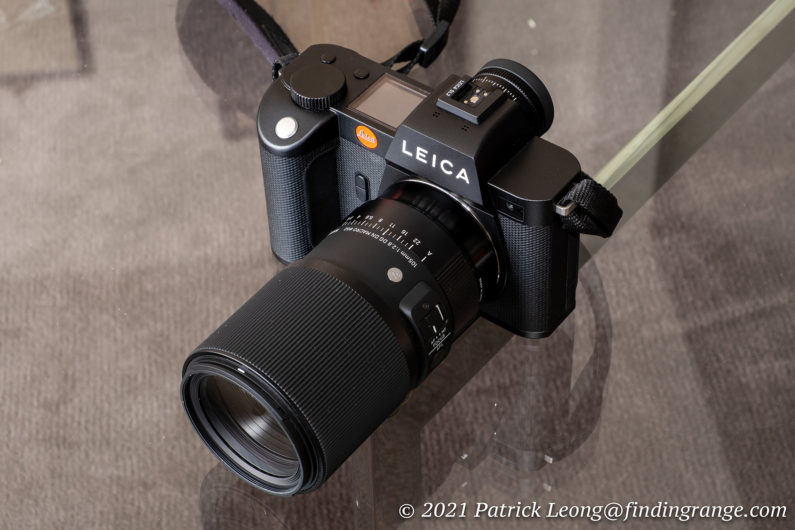
↑ The 105mm f2.8 DG DN Macro Art lens attached to the Leica SL2.
Furthermore, there are a lot of features built into the 105mm f2.8 DG DN Macro Art lens that are quite useful. These features include a Focus Mode Switch for when you want to switch between manual and autofocus modes. Speaking of, the focus ring is very smooth. There’s also an AFL button, and a focus limiter switch, which is great for macro shooting. The settings for the focus limiter include the full range, 0.5m to infinity, and 0.295 to 0.5m. I think one of my favorite features is just having an aperture ring. It’s one of the features I miss most after I switched from my M system to the SL system. The aperture ring on the 105mm f2.8 Macro clicks in third stops, and clicks nicely as you rotate it. Of course, there’s also a de-click feature on this lens for those days when you want a completely silent operating aperture ring. I imagine this would be very useful for recording videos. Lastly, there is also an aperture ring lock switch.
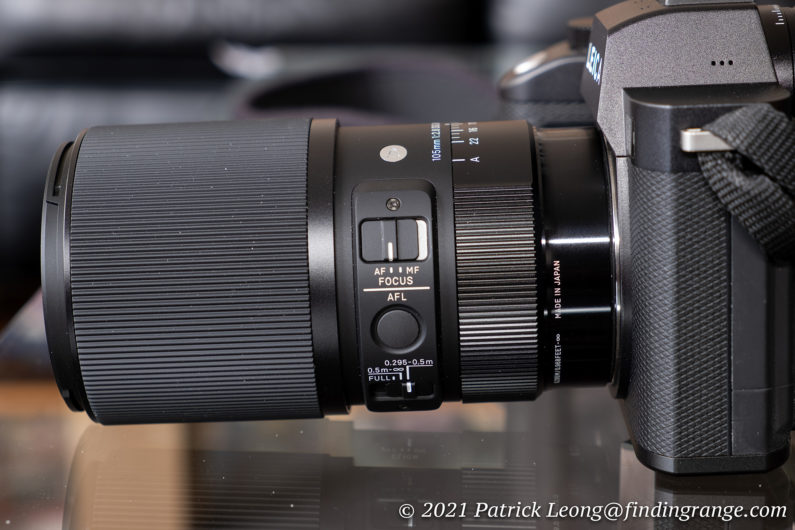
↑ Here are all the switch gear and buttons.

↑ Here’s another switch gear.
The one feature that you do not have with this lens is image stabilization. This isn’t really an issue, if you already have image stabilization built into your camera. For instance, the SL2 has image stabilization, and it worked great with the 105mm f2.8. But for those without in-camera stabilization, it can be a little more difficult to hold the 105mm steadier because of the longer focal length but overall, I don’t consider the lack of image stabilization a deal breaker. This lens has quite a lot to offer, and used to use even longer lenses back in the film days without any stabilization ;).
Ergonomically, the 105mm f2.8 DG DN Macro Art lens is a joy to use. This isn’t one of those giant, hulking lenses that we might be used to with some of the other Art lenses. Since this is one of Sigma’s DG DN lenses, it’s not only designed for full frame cameras (although it will also happily work with cropped sensors as well, and I may make a separate post with images I took with the Leica CL), it’s a lens that is also designed for mirrorless. So, it’s going to be more compact and lighter to match a mirrorless camera. Considering it’s focal length, abilities, aperture range and autofocus capabilities, this lens is a pretty compact overall. It measures at 5.3 inches in length, uses a 62mm filter thread, and the L mount version weighs just 715 g. All of this is very decent.
Overall, the way this lens feels on the Leica SL2 is superb. It’s not too heavy or too light; it’s not even too long considering its focal length. It really feels just right, and I believe that’s not just only because of the specs of the lens but rather a combination of the specs from the lens and camera body. The SL2 or any SL for that matter aren’t the most compact or lightest mirrorless cameras but their overall design contribute to them matching quite well in terms of ergonomics with a variety of lenses from ultra compact to long telephoto. I’ve used my SL and now my SL2 with many different lenses from tiny pancake sized M lenses to 400mm telephotos. The SL cameras work quite well, with all the lenses I’ve used, and the 105mm f2.8 is definitely no exception.
In addition the Sigma 105mm f2.8 DG DN Macro Art lens also comes with a case and lens hood. Truthfully, I didn’t even use the lens hood much. The optics were great; I didn’t really experience any negative effects like flare, for instance.
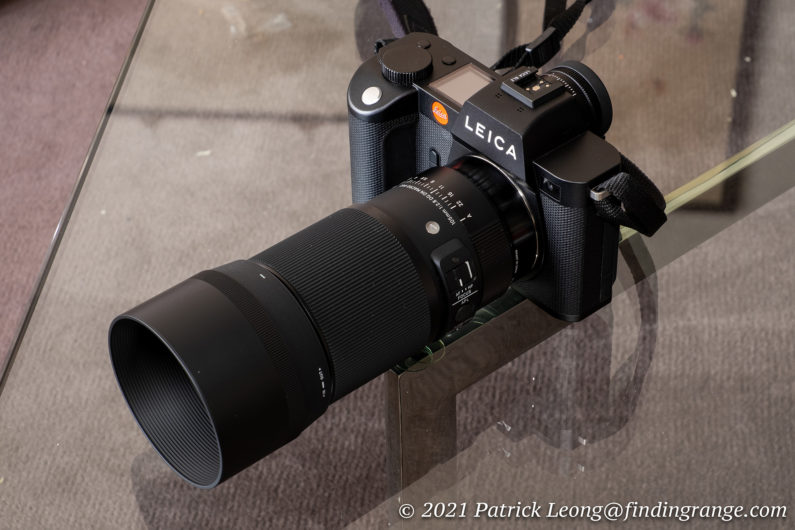
↑ Here’s the Sigma 105mm f2.8 Macro Art lens with its lens hood attached.
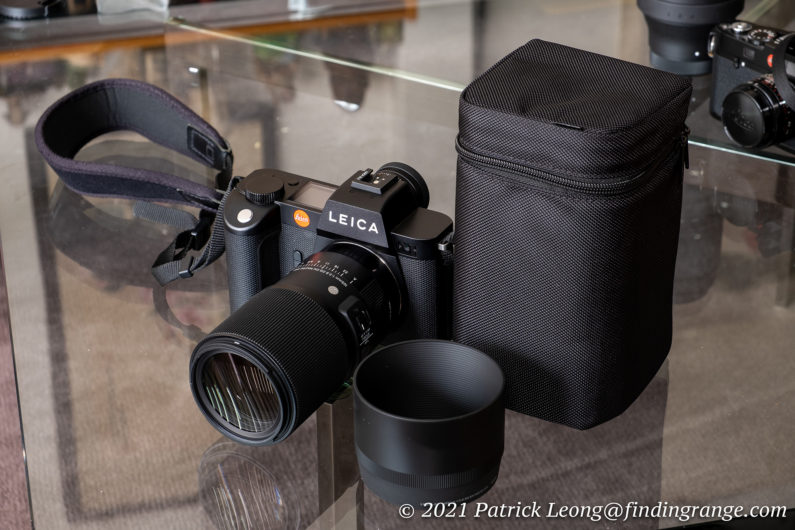
↑ The Sigma 105mm f2.8 Macro Art lens comes with a lens hood, and a case.
Sigma 105mm f2.8 DG DN Macro Art Lens Review L Mount Autofocus:
As for the autofocus, the Sigma 105mm f2.8 DG DN Macro Art lens uses a Hyper-Sonic Motor (HSM) in its focus motor system. The results are a lens that has very quick autofocus with not much drama. It’s also worth noting that not only is the autofocus fast, it is also very accurate, and quiet for the most part. As I mentioned earlier, there is a focus limiter switch on the lens, which also aids in speeding up the autofocus by preventing it from traveling the entire range while you’re trying to get it to focus, if you know that you’re only targeting a specific range. In other words, it helps prevent it from hunting. For instance, if you know that you’re mainly photographing subjects farther at a distance, you can switch the limiter to only focus things farther away. The lens won’t spend its time hunting through closer distances. So, in the end, the limiter is quite useful.
Since this is a macro lens, the minimum focus distance is 11.6″ and a working distance of 5.5″, which taking into account the focal length, will give you 1:1 maximum magnification. Furthermore, if you get either the TC-1411 (1.4x) or TC-2011 (2.0x) teleconverters from Sigma, which are designed exclusively for the use with L-Mount lenses, you can shoot macro at an even higher macro magnification while keeping the working distance.
Sigma 105mm f2.8 DG DN Macro Art Lens Review L Mount Image Quality:
Let’s take a look at the image quality now. I love Sigma Art lenses, and when I first heard that they were coming out for L mount, I was very happy. Since then, I’ve reviewed quite a few of them already, and every single one of them has been nothing short of amazing. The optics are just incredibly good, and the price that some of these lenses come in at, quite frankly, astounds me at times. These lenses should be selling for more, if you ask me. With all that said, I’ve been so use to the quality of what Sigma lenses can produce that I thought I wouldn’t be surprised at what I would see from the 105mm f2.8 DG DN Macro Art lens. I was completely wrong; I am blown away by the image quality that the 105mm f2.8 Macro produces.
Note from admin: Due to my recent website migration and updates internally, this review was actually finished back in Nov/Dec. The covid cases back then were very high in New York City, so I wasn’t out as much shooting. There is not as much variety in terms of photos as what I would normally put in my reviews but the photos should still give you a good idea of the capabilities of the Sigma 105mm f2.8 DG DN Macro Art lens.
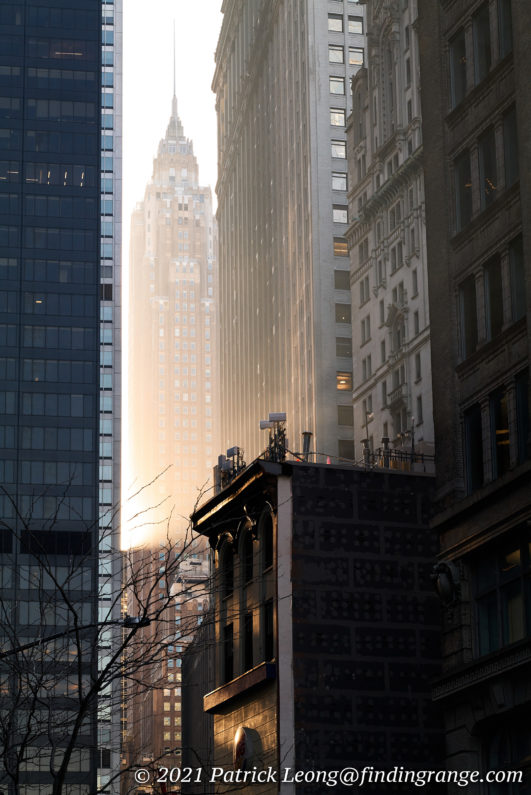
↑ This was a very foggy morning. This was taken using f11 and 1600 ISO.
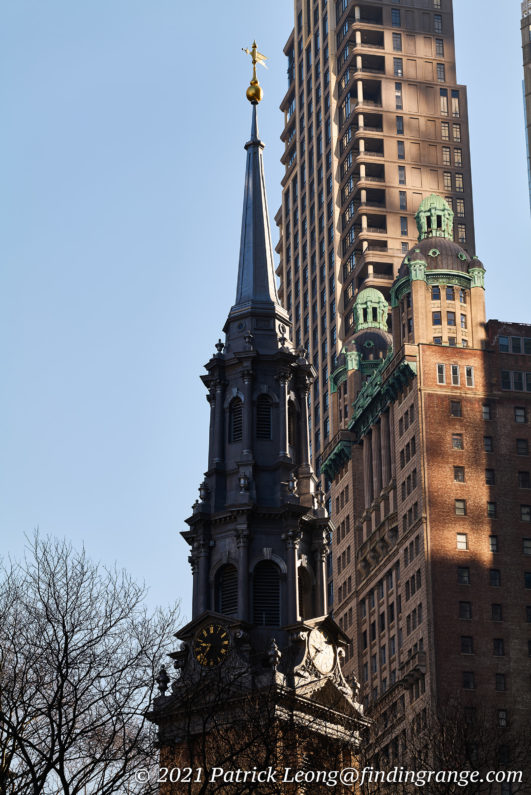
↑ I used 100 ISO here, and the Sigma 105mm f2.8 Macro Art lens was set at f5.6.
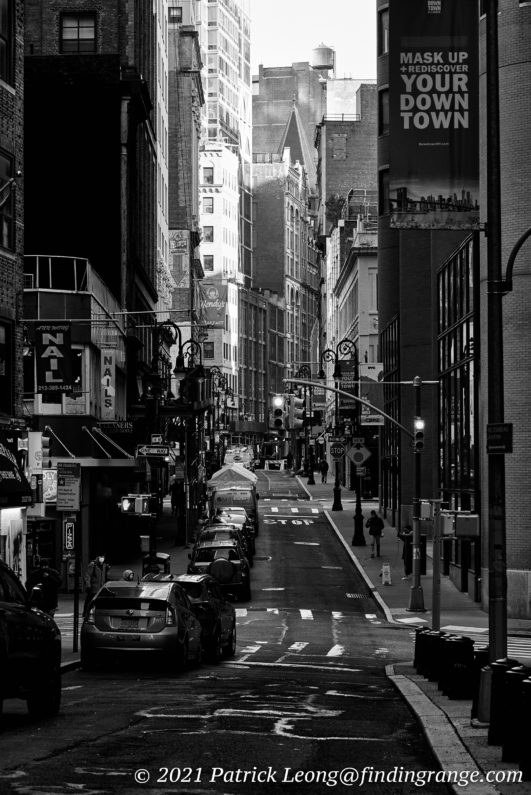
↑ During November and December, it was a little quieter in NYC due to the rise in corona virus cases again. This was taken at f8 using 2500 ISO.
The 105mm f2.8 Macro’s image quality is very impressive, and it starts with sharpness. This is probably one of the sharpest Sigma lenses currently out, and that really is saying a lot considering how much I love the Sigma line generally. Nothing escapes this lens; it captures so much detail. At wide open aperture, sharpness is excellent in the center with the edges nearly matching. It’s quite impressive, and as you stop down a bit, sharpness gets even better. I would say f5.6 to f8 is where you want to be, if you’re looking for the lens’ ultimate resolving power but let me tell, in real world shooting, I doubt one would even see the difference in sharpness between say f2.8 and f5.6 because it is just so sharp even at f2.8. So, if you want a lens that you know will produce superb results throughout its aperture range, the 105mm f2.8 DG DN Macro Art lens is definitely something you should consider.
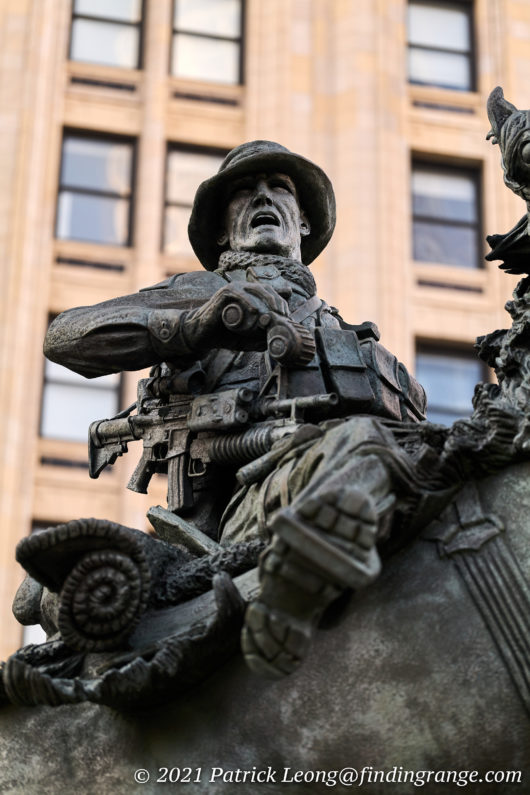
↑ All my shoots were canceled during November, and December because of the rise in corona virus cases, so this was the only “portrait” I did lol. This was taken at f2.8 with 400 ISO.
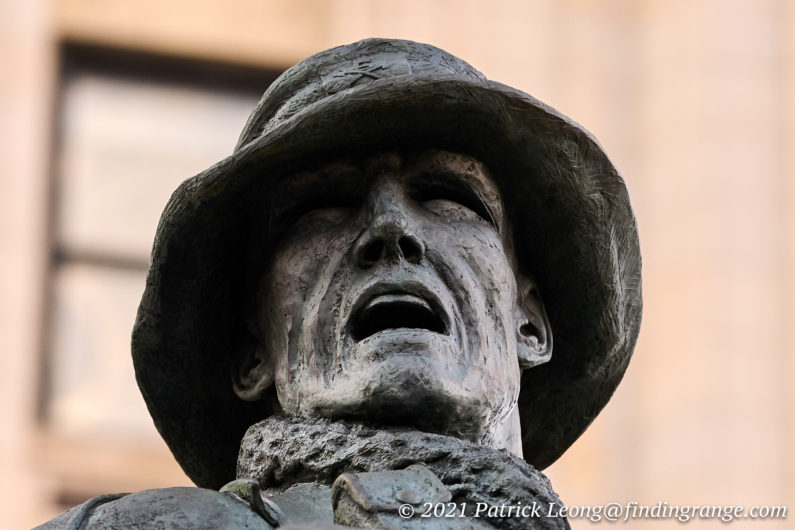
↑ Here’s a 100% crop of the photo above.
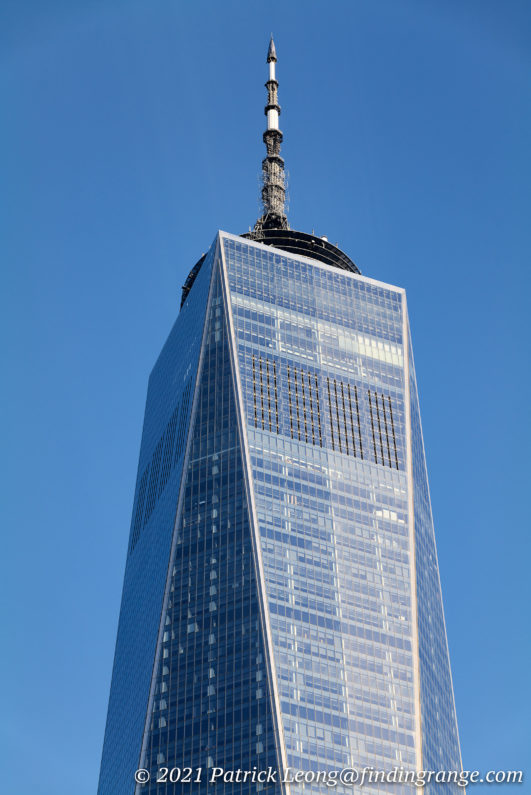
↑ This was taken at f8 with 250 ISO.
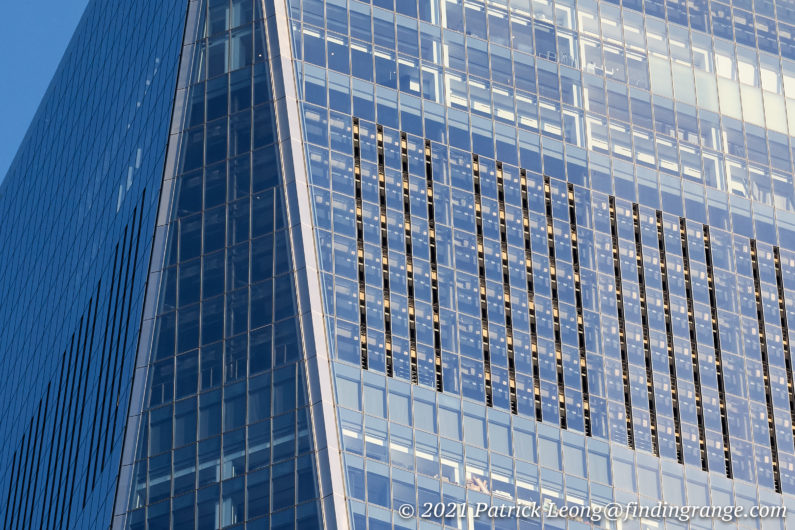
↑ Here’s a 100% crop of the photo above.
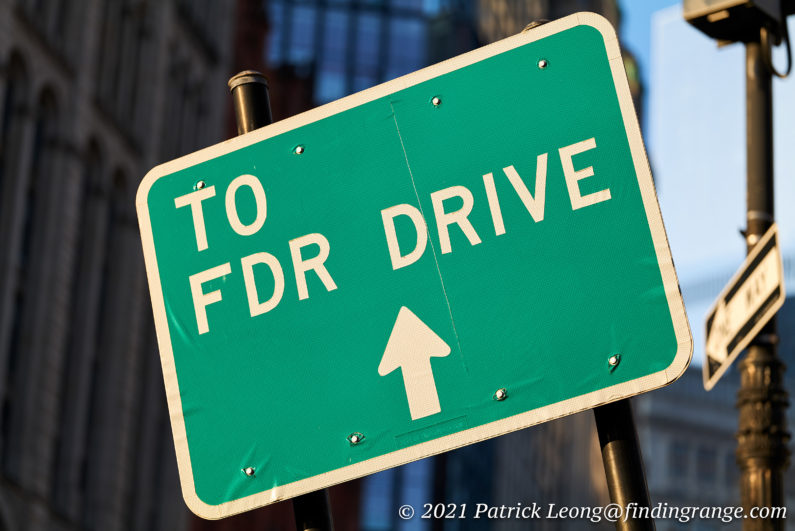
↑ This was taken with 100 ISO at f2.8.

↑ Here’s a 100% crop of the photo above. This lens captures everything.
Other features of the 105mm f2.8 include great contrast and color rendering. The lens produces images with great depth and organic feel. Subjects really pop out of the images. As for flare, I didn’t experience any that I can remember while shooting under normal conditions (meaning me not purposely trying to make it flare). In other words, flare is very well-controlled. As I said earlier, I rarely used the lens hood. It’s also worth noting that I found vignetting to be very well-controlled. Vignetting isn’t even really that visible at its wide open aperture of f2.8. Basically, the optics here are pretty close to perfection.
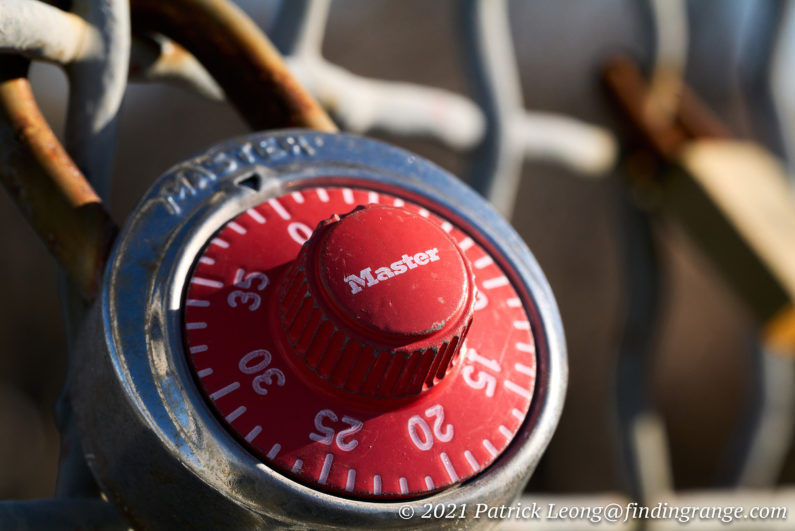
↑ This was taken with 1250 ISO and the lens set at f11.

↑ Here’s a 100% crop of the photo above.
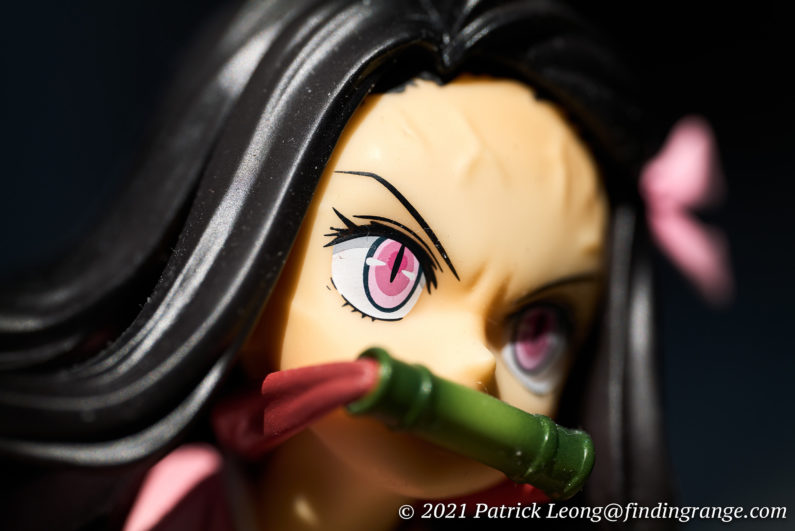
↑ The detail here is just incredible. This was taken using f4 and 160 ISO.
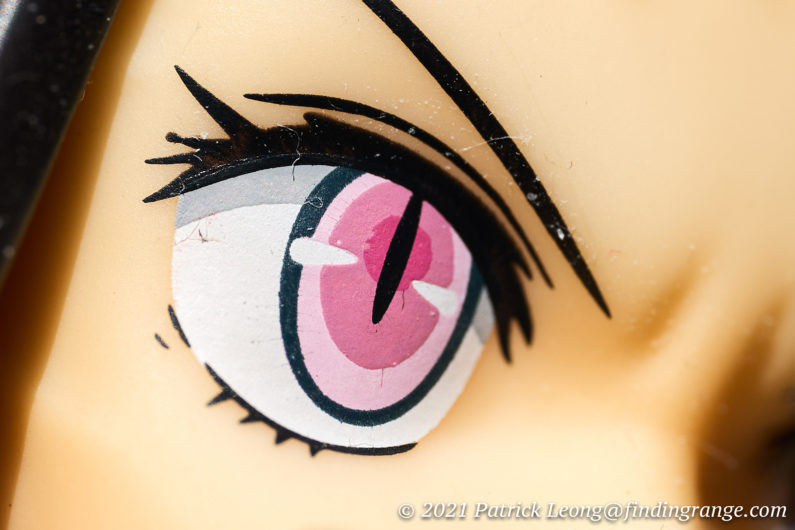
↑ Here’s a 100% crop of the photo above. This lens is so sharp. Look at the dust it captured.
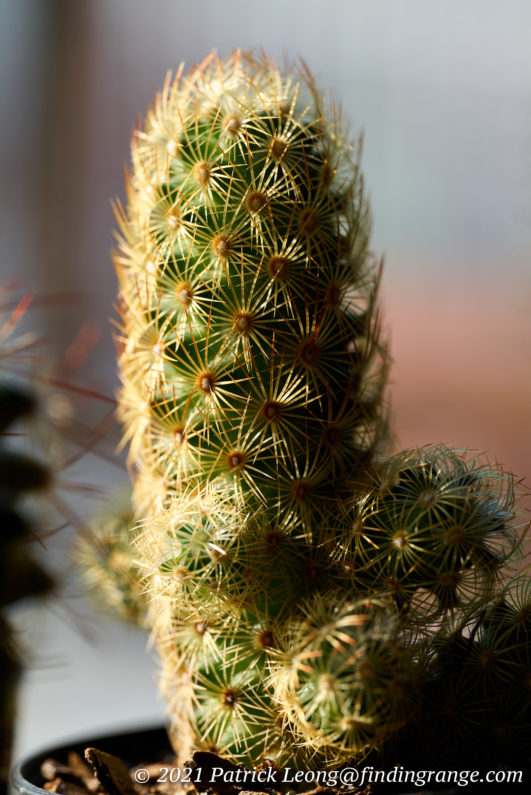
↑ This was taken with 320 ISO and the lens set at f5.6.
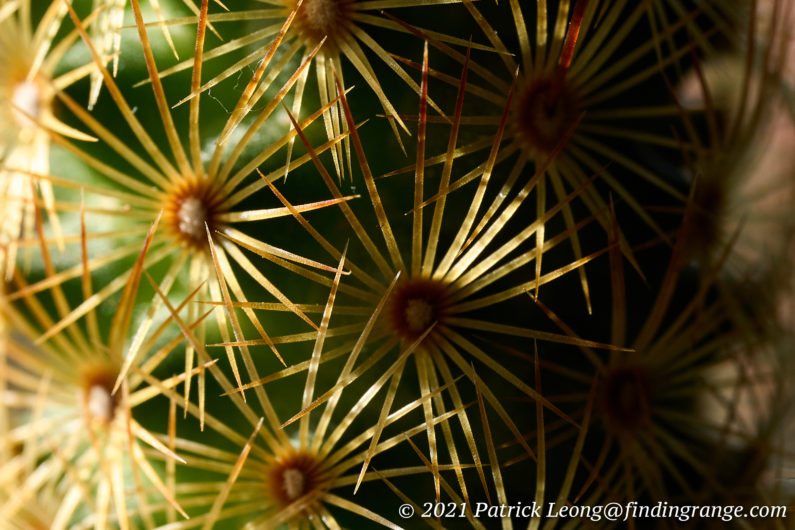
↑ Here’s a 100% crop of the photo above.
Also, as I mentioned before, you can use this lens with a cropped sensor L mount camera, such as, the Leica CL as well. I did this for a bit, and was extremely happy with the results. I may post some of those images in a separate article later on when I get some time to do some edits. If you use the 105mm f2.8 on a cropped APS-C sensor, you’ll get a 157.5mm equivalent focal length.

↑ This was taken at f8 using 200 ISO.
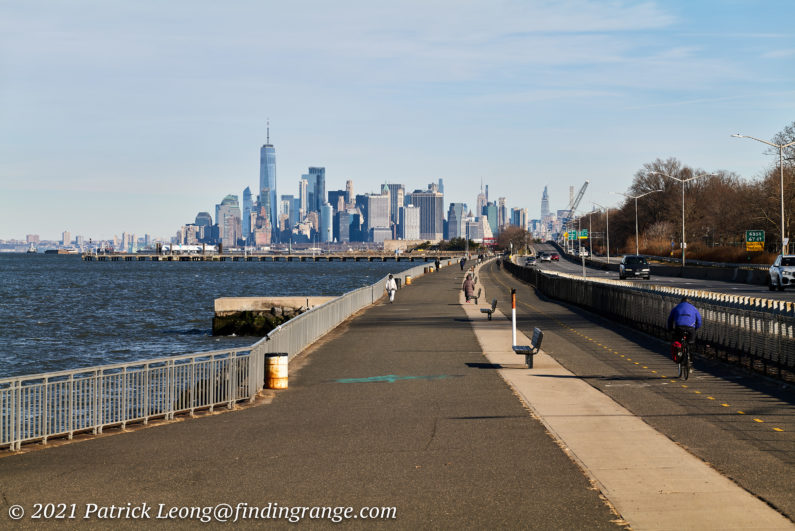
↑ Here’s a shot taken at f8 using 160 ISO.
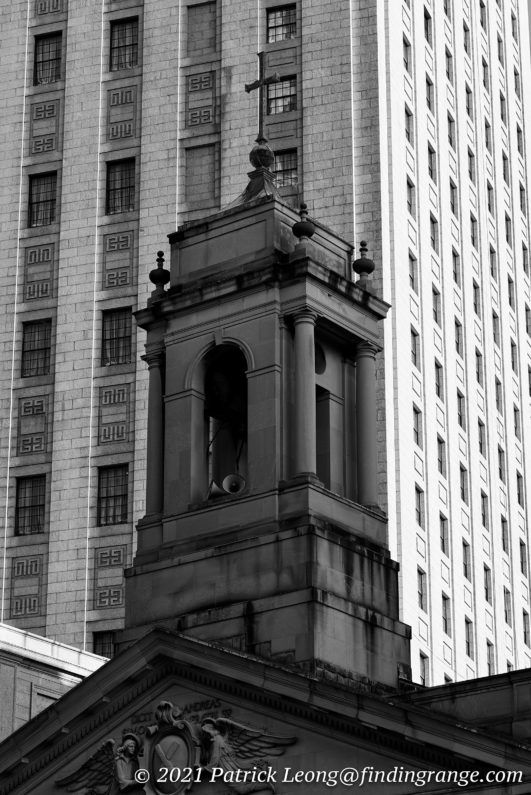
↑ This was taken with 250 ISO and the lens set at f8.
It’s also worth noting that with its rounded nine-blade diaphragm, the bokeh is ultra smooth and inviting. I said this before in previous Sigma reviews, and I’ll say it again here: Sigma lenses seem to produce such beautiful bokeh, and the 105mm f2.8 DG DN Macro Art lens is clearly no exception to this rule. Be careful when shooting ultra close up with this lens though; if you don’t stop down a bit, the depth of field can be extremely shallow.

↑ Here’s a wide open shot taken with 640 ISO.

↑ Here’s a shot taken with the lens’ wide open aperture of f2.8. 160 ISO was used here.
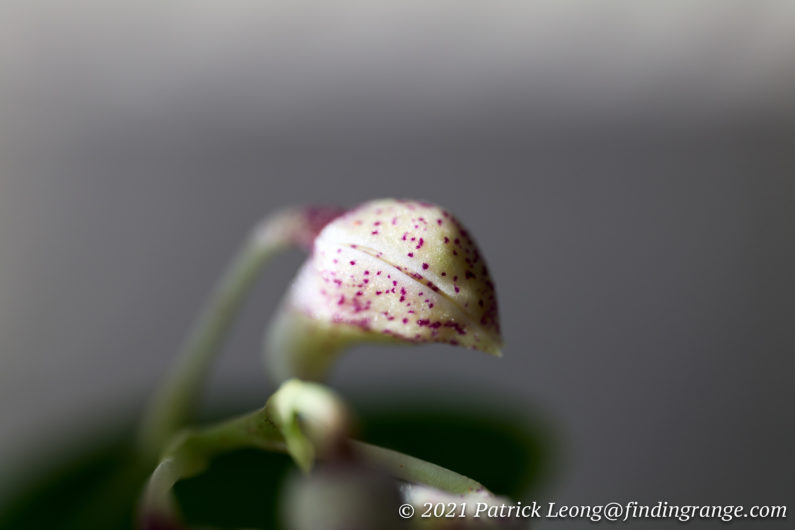
↑ I don’t think I would use f2.8 for macro work much because the depth of field is just so shallow but I took one here just to use as an example. The camera was set at 250 ISO.
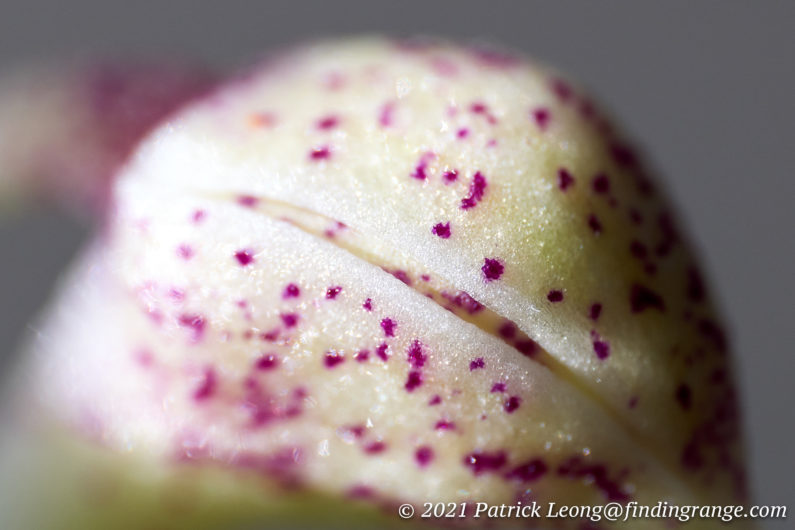
↑ Here’s a 100% crop of the photo above.
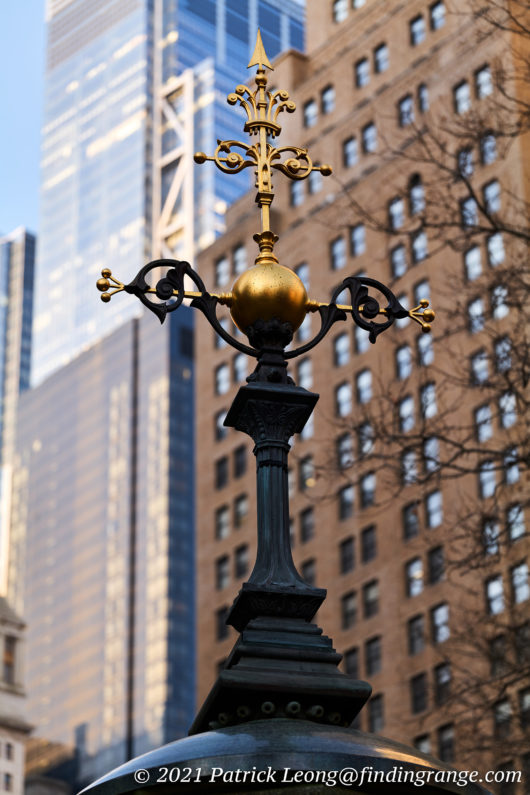
↑ Here’s another shot taken at f2.8 with 100 ISO used.
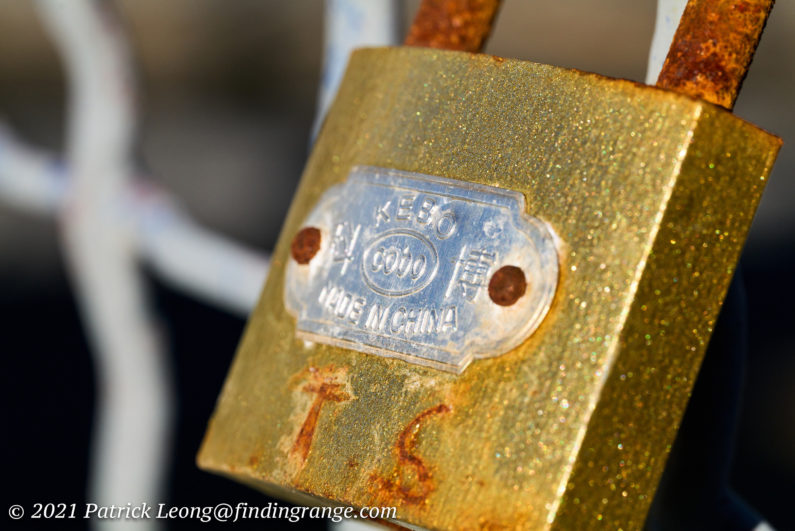
↑ Here’s a photo taken at f11. I used 800 ISO.
Sigma 105mm f2.8 DG DN Macro Art Lens Review Pros And Cons:
Pros:
- Excellent build quality.
- Compact and light considering its features.
- Comes with case and lens hood.
- 1:1 maximum magnification.
- Quick autofocus.
- Probably one of the best Sigma Art lenses in terms of image quality. It is absolutely superb.
- Beautiful bokeh.
- At $799, this lens is a steal.
Cons:
- No image stabilization.
Sigma 105mm f2.8 DG DN Macro Art Lens Review Verdict:
If you’re looking for a macro lens or just a decent telephoto in general, the 105mm f2.8 DG DN Macro Art lens is definitely one that you should consider. This lens really has it all. The build is excellent, and so are the ergonomics. Its size is something you can really live with on a daily basis. Furthermore, the autofocus is great, and the image quality is just incredibly good. It is jaw dropping at times, and to top it off, the bokeh is also some of the nicest you there. Best of all, the price for all of this is $799, which I find quite reasonable.
Like everything else, there are a couple of negatives but truthfully, only one that really comes to my mind right now, which is the lack of image stabilization. This is a longer focal length, so this can make it more difficult for shooters with cameras that don’t have built-in image stabilization. However, the features that this lens offers far outweigh this issue, in my opinion.
My point is, if you’re after a simply fantastic macro lens or even an excellent portrait lens, the Sigma 105mm f2.8 DG DN Macro Art lens might just be the one for you. It’s really one of the best lenses Sigma has released so far. The optics are really mind blowing. This is probably the best macro lens that I’ve ever used. In other words, I highly, highly recommend it!
Thanks for taking the time to read my review! If you’re considering purchasing the Sigma 105mm f2.8 DG DN Macro, and my review helped you decide, please help support this site by purchasing from the links below or any mentioned in this review. It will not cost you anything extra. Thank you for your support!

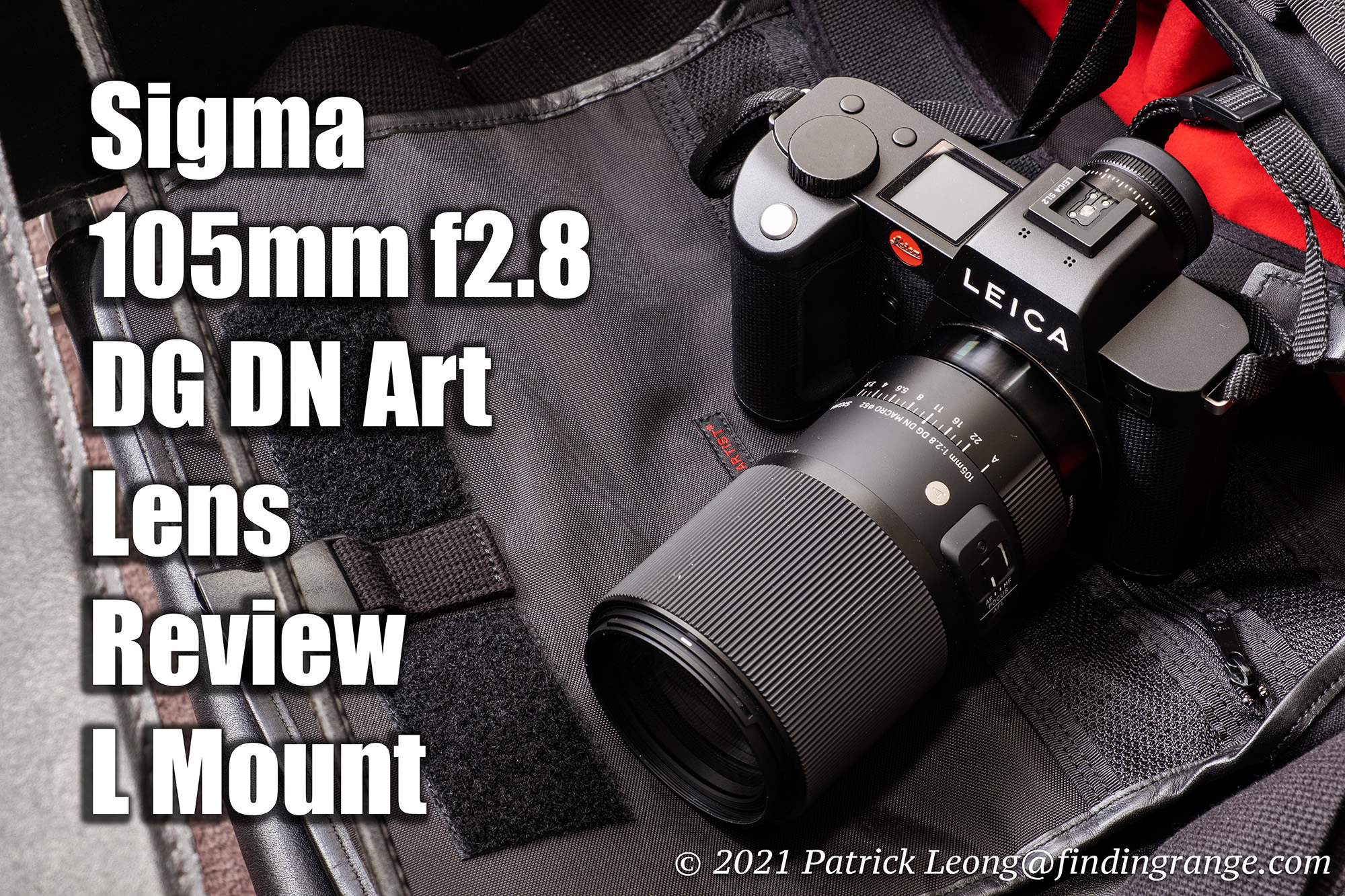
Thanks for the review. It was very helpful.
Hi Alex,
Thanks so much for taking the time to read it! I’m glad it helped. Please let me know, if you have any questions. Thanks for stopping by!
Best,
Patrick
So I did pick up this lens and your review is 100 percent accurate. Fantastic lens. I used your link to B&H whom, as it turned out, offered a very competitive price and fast delivery. Thanks again for your review.
Hi Alex,
Apologies for the late reply! I’ve just been really busy lately. Thank you so much for your kind words about my review, and for using my link! I really appreciate it! I hope you’re still enjoying that lens. Feel free to comment or message me anytime, if you have any questions or just to let me know what you think of it as you use it more :). Thanks for stopping by, and taking the time to read my review!
Best,
Patrick
How would you compare image quality to the Leica 90mm SL Summicron that you liked so much ?
Thanks !
Hi Fred,
Apologies for the late reply! I still love my Summicron 90 but I feel these two lenses are quite different. Different enough to even warrant buying both.
For the areas that I shoot, and what I shoot, I feel the 90mm is pretty long already at times. SO, the 105mm is maybe a little too long for me sometimes. Of course, this isn’t the lens’ fault. It’s just comes down to focal length preference, type of photos, environment, etc.
The 105mm’s Bokeh/depth of field is truly unique though. The 90mm is great in this regard too but it simply does not have the same look as something that can be created by a 105mm at f1.4. The images produced by the 105mm can really sometimes look out of this world good. The 105mm is one of my favorite lenses, and I think about buying one all the time haha.
I hope this helps. Let me know if you have any other questions, and thanks for visiting!
Best,
Patrick
Did you shoot any video? How was the focus breathing? I read an article that said the focus breathing made it difficult for video…
Ben
Hello, and thank you for the in-depth review. I’ve been looking for a macro lens to use on my SL. I was looking for a ‘normal’ 50-60mm everyday focal length, but one of these popped up in my search. Excuse me if I missed it, but does the lens focus internally or extend for the close range? Thanks again
Hi Robert,
Apologies for the late reply! Been a busy summer.
It’s been a while since I’ve used this lens but I believe it is internal. I hope this helps, and have a nice weekend!
Best,
Patrick